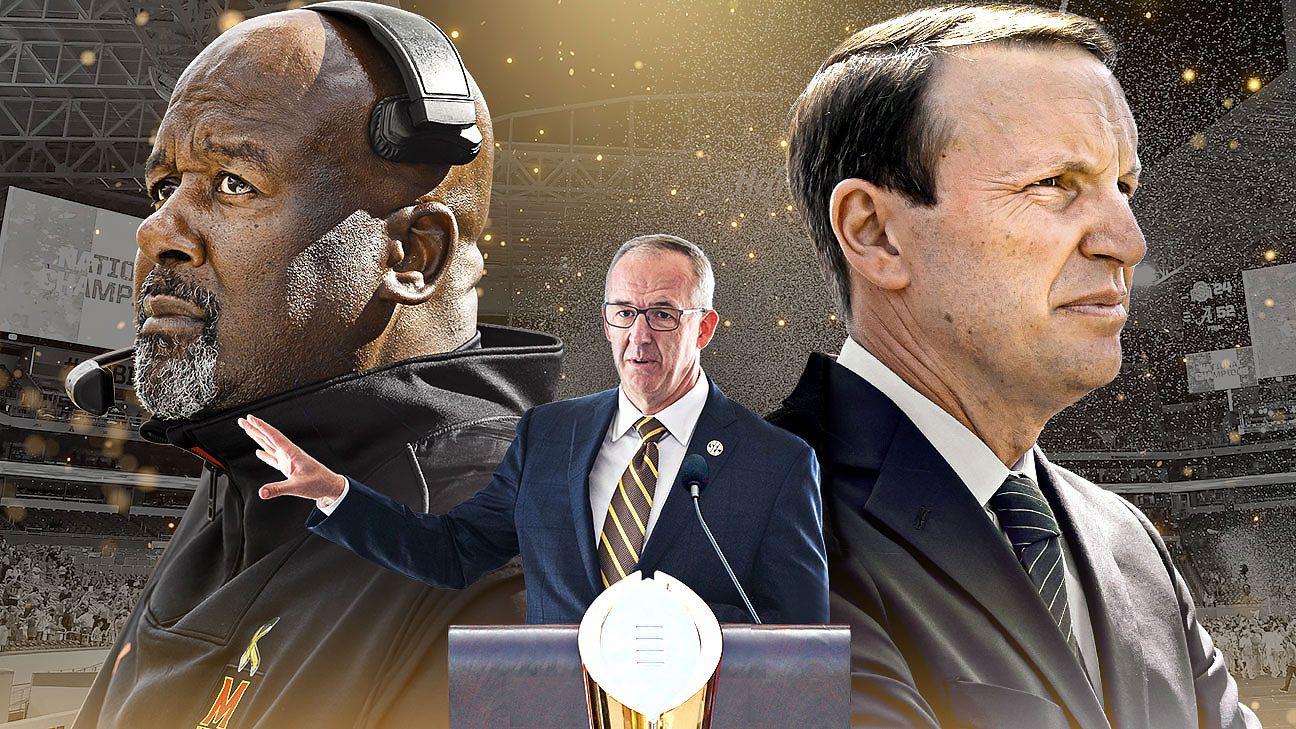A couple of comments that lead me to believe there isn't some eminent push to get to a magic number. Seems like the SEC is fine with where they are at. It could be they add a few ACC schools down the road, based on the travel comment, but you get the sense their has to be enough TV revenue to get teams on board. And I would also imagine, throughout the South East, you likely have pretty good saturation of the SEC network, so even adding a say, Miami, might not be enough of a 'windfall' to get teams excited about adding more to the conference.
From the article...
ESPN: Many people seem to think two superconferences is a foregone conclusion. Do you agree? And what is the SEC's role in that?
Sankey: I can remember my first conversation on that topic in 1998, about conferences going into the upper 20s [in membership]. But take a step back and ask why. Is it because we're transitioning away from a national governance and two entities have too much control? Does that allow us to support young people in the optimal way? There are a lot of questions that aren't answered by the observation. We don't feel a sense of urgency. There's not motivation to just get to a number. Why would we add? Last year when we added, we restored some rivalries, created some more, we're in contiguous states, we added like-minded universities and facilitated relatively efficient travel.
ESPN: So what might get us to superconferences then?
Sankey: It's impossible to answer all the hypotheticals, but we're mindful to what's happening around us. But you don't just make change because it sounds great to be at 18 or 20. You have to think about the right affiliations, opportunities and culture. Part of our work is to support, sustain and magnify a healthy culture, and that's one of the most under-observed realities in college sports today. That informs how we make national decisions. Can we collaborate together?

 www.espn.com
www.espn.com
From the article...
ESPN: Many people seem to think two superconferences is a foregone conclusion. Do you agree? And what is the SEC's role in that?
Sankey: I can remember my first conversation on that topic in 1998, about conferences going into the upper 20s [in membership]. But take a step back and ask why. Is it because we're transitioning away from a national governance and two entities have too much control? Does that allow us to support young people in the optimal way? There are a lot of questions that aren't answered by the observation. We don't feel a sense of urgency. There's not motivation to just get to a number. Why would we add? Last year when we added, we restored some rivalries, created some more, we're in contiguous states, we added like-minded universities and facilitated relatively efficient travel.
ESPN: So what might get us to superconferences then?
Sankey: It's impossible to answer all the hypotheticals, but we're mindful to what's happening around us. But you don't just make change because it sounds great to be at 18 or 20. You have to think about the right affiliations, opportunities and culture. Part of our work is to support, sustain and magnify a healthy culture, and that's one of the most under-observed realities in college sports today. That informs how we make national decisions. Can we collaborate together?

The 11 biggest power brokers and advocates shaping the future of college football
ESPN looked at 10 key areas where college football is evolving, and we identified some of the biggest power brokers, influencers and advocates driving those changes.